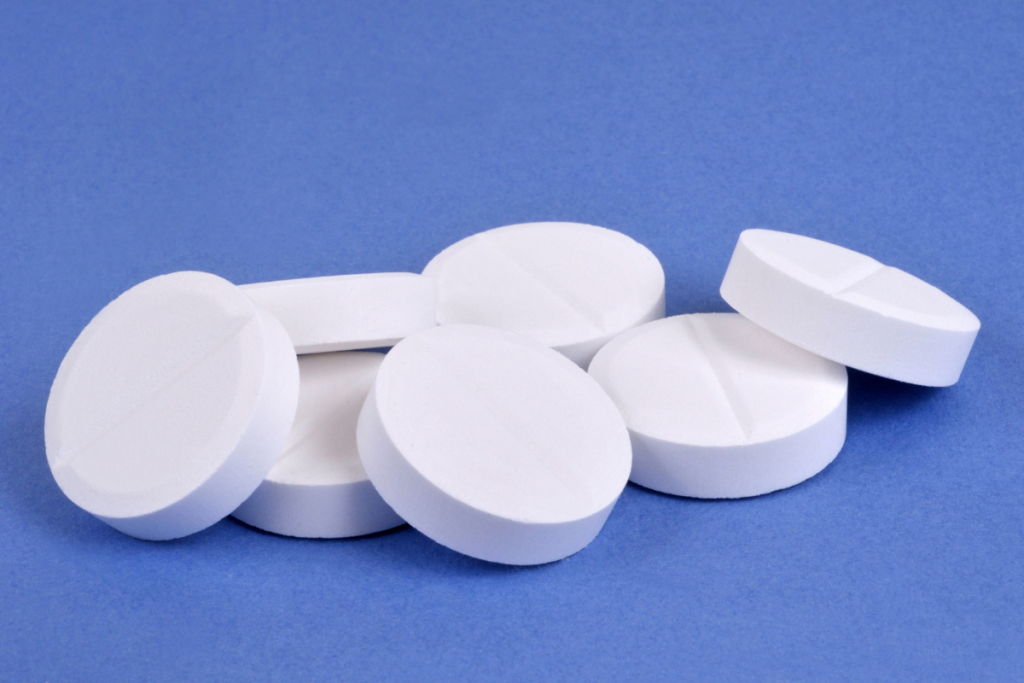
Current ketamine treatment is in the form of a nasal spray (in the form of esketamine) or injection. Both require that the patient stays in the clinic to be monitored for around 2 hours. This makes the treatments relatively expensive. The FDA currently only approves ketamine for short-term sedation and anesthesia. A recent study, published in Nature Medicine, tests an experimental slow-release ketamine tablet that can safely be taken at home.
The scientists conclude that the drug is effective, which would reduce the cost of ketamine treatment considerably. The new approach may also reduce the risk of some of ketamine’s side effects. The recent study, called the BEDROC study, tested an experimental slow-release ketamine capsule designed by Douglas Pharmaceuticals in New Zealand called R-107. The drug is designed to slowly release ketamine over 24 hours.
The scientists split the 168 participants with treatment-resistant depression into five groups. One group received a placebo, while the other four groups received varying doses of R-107. In this way, they hoped to identify which dosage might be most effective.
Those in the four ketamine groups took the drug orally twice each week for 12 weeks. They took most of these doses at home. Compared with the placebo group, all other groups had improvements in their depression symptoms. However, this difference was only statistically significant between those taking the highest dose and those taking the placebo. Participants rated most side effects as mild or moderate. However, eight participants reported severe side effects, including severe depression, severe headache, and chest pain.
The scientists also assessed participants using urine, vital signs, body weight, and heart electrocardiograms but noted no significant changes. This is important because other forms of ketamine are linked to cardiovascular side effects, like hypertension.
Although experts are still investigating the precise mechanisms involved in ketamine’s antidepressant effects, the picture is growing clearer.
Ketamine acts as an NMDA receptor antagonist, which leads to a cascade of neurochemical events in the brain. By binding to NMDA receptors, it increases glutamate transmission and promotes synaptic plasticity, which is believed to rapidly alleviate depressive symptoms.
It may also increase brain-derived neurotrophic factor (BDNF) in the brain something which has also been shown with electroconvulsive therapy, which is another treatment option for people with treatment-resistant depression. While the results of the recent study are hopeful, there is a long road ahead before this drug is widely available.











